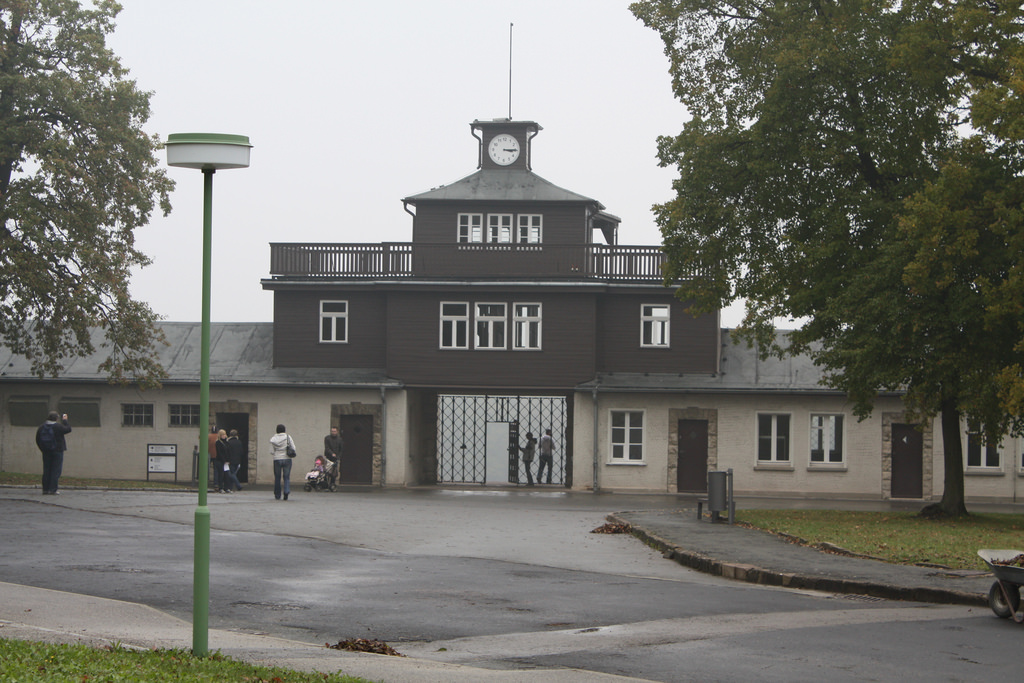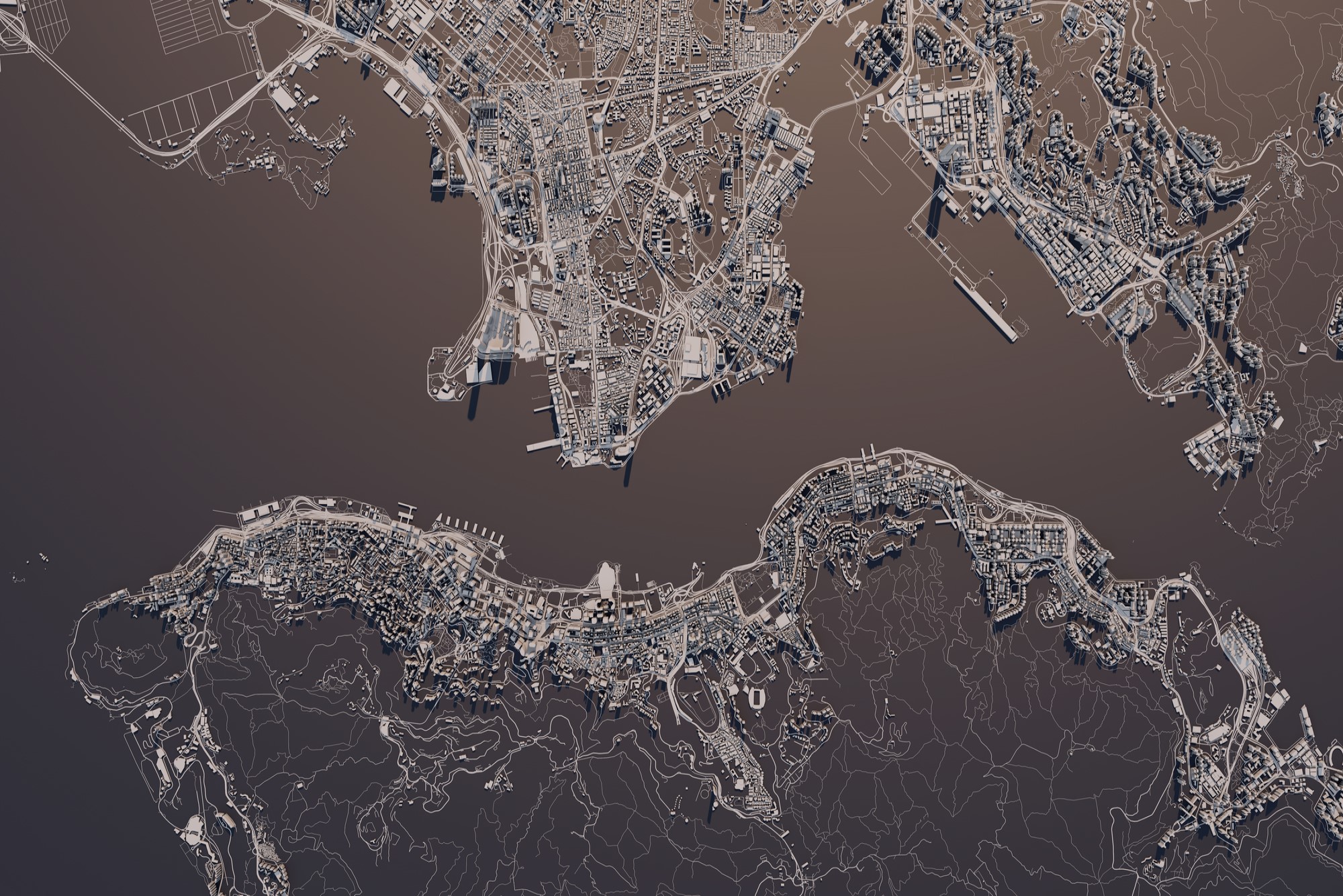Repurposing Buchenwald: Housing Refugees
Should refugees seeking asylum be housed in former concentration camp barracks? Schwerte, Germany, is planning to house 20 asylum seekers in a satellite post at former Buchewald concentration camp. While the barracks were used for guard’s quarters and not as housing for the camp’s slaves, some refugee groups have said that it is in poor taste. The building in question has had numerous other purposes since the camp closure in 1945; it has been a kindergarten, a site for war wounded, and a storage facility. There has been a push to retire Nazi-era sites from use, for purposes of historical remembrance and respect. But is using the sites of former atrocities to allow people to escape atrocities in their own countries a valid form of atonement for these sites?
Germany, who only 70 years ago attempted to exterminate millions of people who were not “Aryan,” receives the highest number of asylum applications in the entire European Union. In 2014, Germany received around 200,000 applications. Germany is quickly running out of accommodations for these refugees, especially as violence in Syria and Iraq continues and more flee. Schwerte has filled all its housing that is typically used for refugees. In fact, the high rate of refugee acceptance shows that Germany has come a long way morally in the past 70 years. Furthermore, closing all Nazi-era sites would displace modern Germans from their homes as well; shutting down all of these sites is simply impractical.
Even if the sites used to be places where mass atrocities were committed, is it better for the town to turn away asylum seekers instead of take them in? Is housing refugees in former concentration camp facilities a valid manner of atonement for the atrocities committed in the Nazi era? Should all these sites be shut down from modern use?





